Open-Cell Spray Foam: A Flexible Solution for Hard-to-Reach Spaces
Open-cell spray foam insulation offers a lightweight and adaptable option for homeowners and commercial property owners dealing with irregular cavities, tight framing, or nontraditional structures. This insulation type expands rapidly upon application, allowing it to fit into awkward or concealed areas where traditional insulation struggles.
The following sections explain how open-cell spray foam insulation performs, how it’s used in hard-to-reach spaces, and how it compares to other options.
What Is Open-Cell Spray Foam?
Open-cell spray foam is a soft, pliable insulation material that expands to fill gaps and cracks. It has a lower density than closed-cell foam and allows moisture vapor to pass through, making it useful in areas where breathability is important.
Composition and Physical Properties
Open-cell foam is made from polyurethane and expands up to 100 times its liquid volume. Its R-value typically ranges between R-3.5 and R-3.8 per inch. The foam’s open cellular structure traps air but remains spongy, allowing flexibility without losing shape.
Vapor Permeability and Breathability
Unlike closed-cell options, open-cell foam allows vapor to move through the material. In climates where moisture needs to escape from framing cavities (such as mixed-humid regions), this property reduces the risk of trapped condensation.
Expansion Rate and Accessibility
The high expansion rate makes it suitable for narrow voids or cavities behind electrical wiring, around complex roof lines, or between irregular studs. Its ability to reach and conform to unusual shapes gives it an advantage in renovation work or older buildings with inconsistent framing.
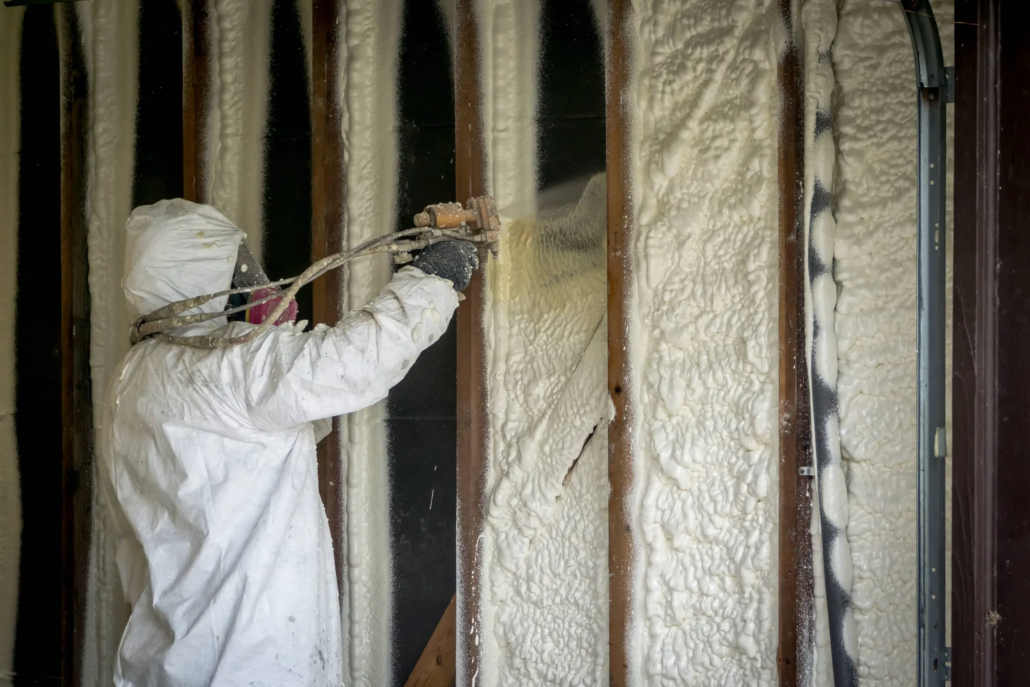
Where Open-Cell Foam Performs Best
This insulation is ideal for interior spaces where airflow control, thermal comfort, and sound dampening are needed, but without the rigidity or vapor barrier of closed-cell systems.
Attics With Complex Framing
Attics often contain unusual framing angles, trusses, and hard-to-access voids. Open-cell foam expands into these shapes without needing precise cuts or multiple layers, improving air sealing and minimizing thermal bridging.
Interior Walls Needing Sound Control
Open-cell spray foam absorbs sound waves more effectively than denser foams. Its softness reduces noise transfer between rooms, making it useful in shared walls, home offices, or multi-unit buildings.
Crawl Spaces With Limited Clearance
In areas with low overhead or obstructed access, such as crawl spaces, open-cell foam’s lightweight texture makes application easier and quicker. It adheres to wood, metal, and masonry, allowing a full seal in tight corners.
Comparison: Open-Cell vs. Closed-Cell Spray Foam
The table below highlights differences between open- and closed-cell spray foam, helping identify which product suits specific building needs.
| Feature | Open-Cell Spray Foam | Closed-Cell Spray Foam |
|---|---|---|
| Density | ~0.5 lb/ft³ | ~2 lb/ft³ |
| R-Value per Inch | R-3.5 to R-3.8 | R-6 to R-7 |
| Expansion Rate | High | Moderate |
| Moisture Permeability | Permeable | Vapor barrier |
| Flexibility | High | Rigid |
| Best Use | Interior walls, attics | Foundations, exteriors |
| Sound Absorption | Strong | Limited |
| Structural Strength | Low | High |
Open-cell foam performs better in sound absorption and cost-efficiency. Closed-cell foam, with its dense structure, is better for high-moisture zones or where added strength is required.
Installation Considerations in Hard-to-Reach Areas
Applying open-cell spray foam requires careful attention to expansion behavior, airflow, and existing structures.
Application Depth and Layering
Since open-cell foam expands aggressively, installers often apply it in single passes. Overfilling can lead to waste or pressure on framing materials, so consistent spray technique is important.
Electrical and Plumbing Compatibility
The foam flows around pipes, wires, and junction boxes. It does not require precise pre-cutting or repositioning of these systems, which reduces prep time during installation.
Accessibility and Retrofit Use
In retrofits, especially older homes with odd framing or settled structures, open-cell foam fills in gaps that may otherwise remain exposed using batt or board insulation. Its low weight prevents overloading old framing members.
Building Code and Moisture Management
Open-cell foam must be installed according to building codes that address vapor diffusion, ignition barriers, and air sealing.
Vapor Retarders and Climate Zones
In colder climates (Zone 5 and above), open-cell foam may require a Class II vapor retarder on the warm side of the assembly to prevent interior moisture from condensing inside the wall. Installers typically use vapor-retarding paints or drywall as the required layer.
Fire Safety and Ignition Barriers
Open-cell foam must be protected with a thermal barrier, usually ½-inch gypsum wallboard, when installed in occupiable spaces. In attics or crawl spaces, an ignition barrier may be required if the space is accessible but not intended for living.
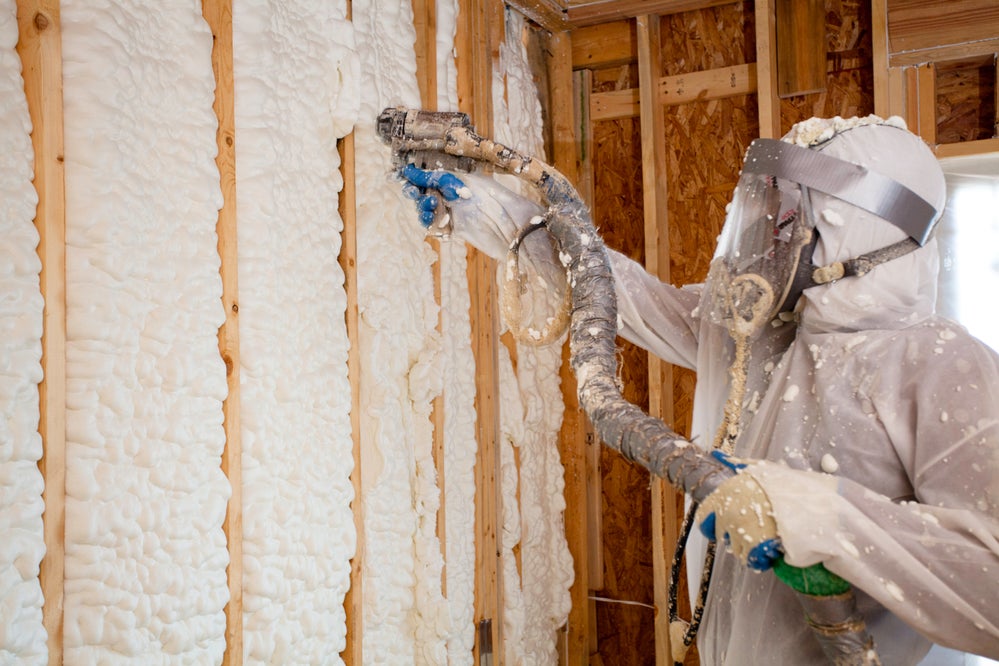
Benefits for Residential and Commercial Properties
Both homeowners and commercial facility managers can benefit from open-cell foam, especially in buildings with challenging architectural features or older structural quirks.
Cost-Efficiency Over Time
While the up-front cost may be higher than fiberglass, the long-term energy savings, air sealing, and reduced HVAC strain often offset the investment in 3–5 years, particularly in energy-leaky buildings.
Environmental and Acoustic Advantages
Open-cell foam uses fewer raw materials than closed-cell alternatives. It also performs well as an acoustic buffer, which is valuable in schools, apartment complexes, or mixed-use buildings where sound control matters.
Conclusion
Open-cell spray foam offers a lightweight, breathable, and highly adaptive insulation option. It works especially well in tight or irregular spaces, making it a strong choice for attics, crawl spaces, and interior walls in both residential and commercial buildings.
Its high expansion rate, sound absorption, and ease of installation around obstructions allow professional spray foam insulation—particularly open-cell foam—to outperform traditional materials in many retrofit and new construction scenarios. Property owners with inaccessible cavities or aging infrastructure can rely on professional spray foam insulation to improve energy performance without structural disruption.
When evaluating insulation needs, especially in buildings with nonstandard framing or accessibility limitations, open-cell spray foam provides a flexible and effective option worth serious consideration.
FAQs
Can open-cell spray foam be used in exterior walls? It’s generally not recommended unless the wall is located in a warm climate zone and includes a vapor retarder. The material is vapor permeable and may allow moisture movement that could cause condensation in colder regions.
Is open-cell spray foam effective for soundproofing? Yes. Its open structure absorbs airborne sound, reducing transfer between rooms or floors. It’s commonly used in media rooms, multi-unit housing, and office buildings for that reason.
Does open-cell foam support mold growth? No. The foam itself is not a food source for mold. However, because it is vapor permeable, proper moisture control and ventilation are important to prevent mold in surrounding materials.
Can it be installed over existing insulation? It’s best applied to clean surfaces. Existing batt or blown-in insulation should be removed to allow proper adhesion and expansion. Spraying over old insulation may lead to inconsistent results.
How long does open-cell spray foam last once installed? When installed properly, it can last the life of the structure. It doesn’t settle or degrade under normal conditions, and its performance remains stable over time.
Author: With over two decades of hands-on experience, Robert Lamothe, owner and lead installer of Lamothe Insulation, brings unparalleled expertise in spray foam insulation, carpentry, and building science. Since 2002, he has earned a reputation for precision, quality craftsmanship, and delivering energy-efficient solutions that stand the test of time. Lamothe Insulation is a family-owned and family-operated business, and Robert also owns the Goddard School of Auburn, an early childhood education school.
Reviewer: Ethan Taylor has 8 years of experience in spray foam insulation. He reviewed this content and suggested ways to simplify business outreach while keeping trust and professionalism intact.




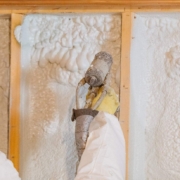
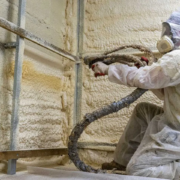
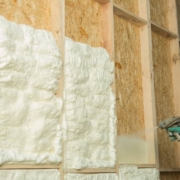

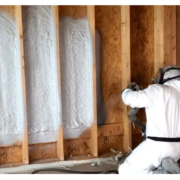


Leave a Reply
Want to join the discussion?Feel free to contribute!